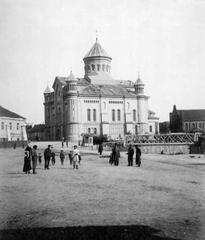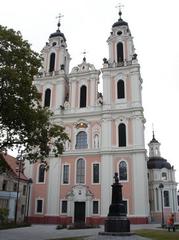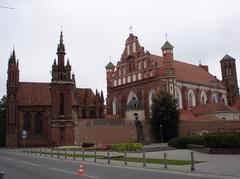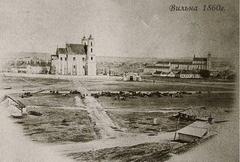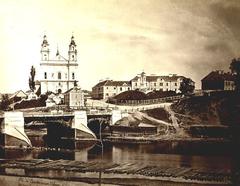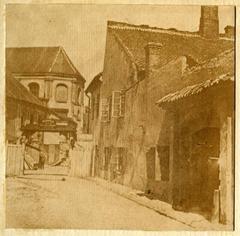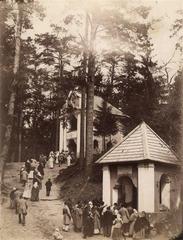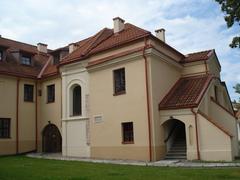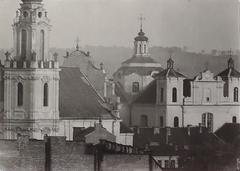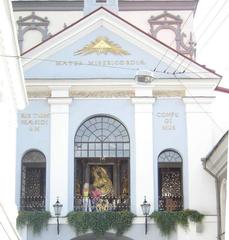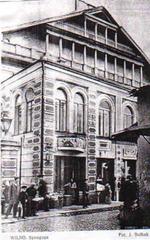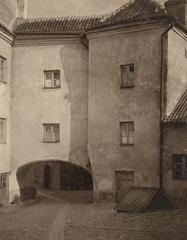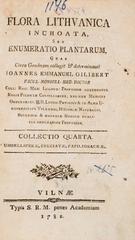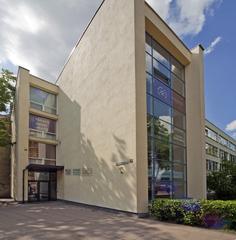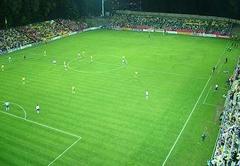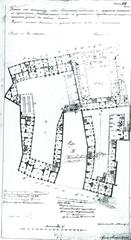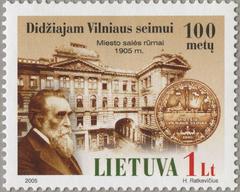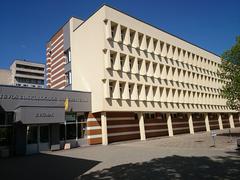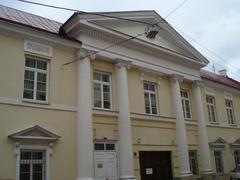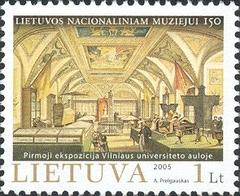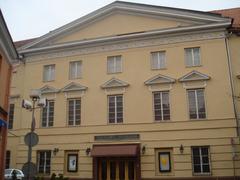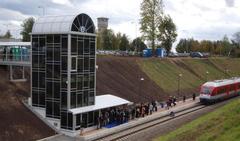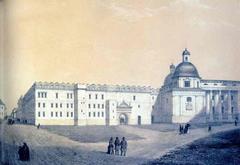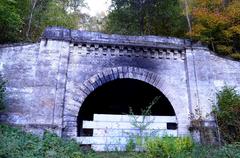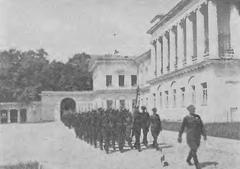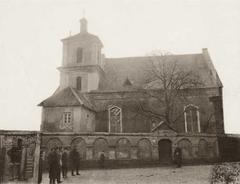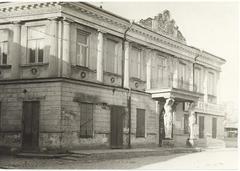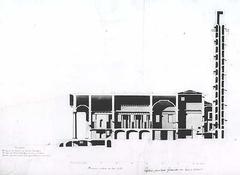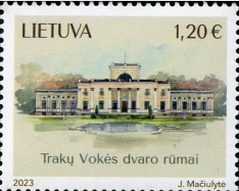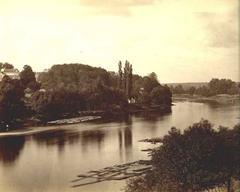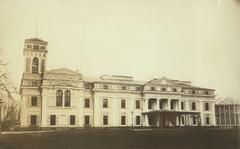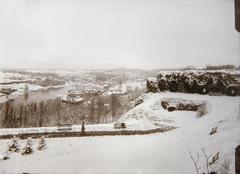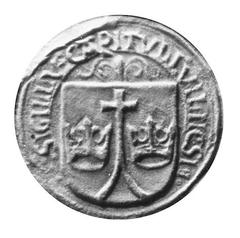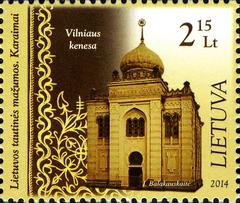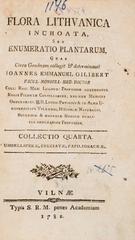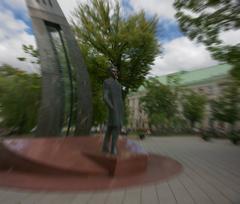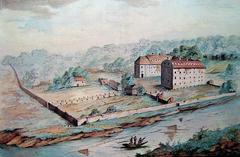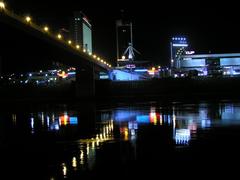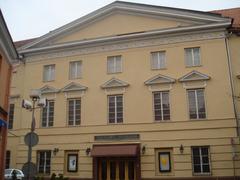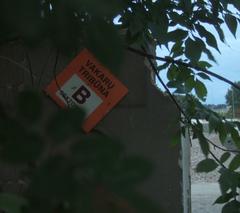Complete Guide to Visiting Liubarto Bridge, Vilnius, Lithuania
Date: 17/08/2024
Introduction
Liubarto Bridge, also known as Liubartas Bridge, is an iconic landmark in Vilnius, Lithuania. Constructed in 1940 during a period steeped in political and social upheaval, the bridge serves as a testament to the resilience and ingenuity of Vilnius’ people. Named after Liubartas, a Grand Duke of Lithuania from the 14th century, the bridge spans the Neris River and features mid-20th-century engineering innovations (We Love Lithuania). Its reinforced concrete arches not only demonstrate early 20th-century architectural prowess but also provide the structural integrity necessary to withstand heavy traffic and environmental stresses. The bridge played a pivotal role during World War II, serving as a strategic asset for both German and Soviet forces, which further highlights its historical significance (True Lithuania). Today, Liubarto Bridge is not just a crucial transportation link but also a cultural and historical symbol, drawing both locals and tourists who seek to appreciate its beauty and historical context.
Table of Contents
- liubarto-bridge-history-visiting-hours-and-tickets-in-vilnius)
- [Historical Background](#historical-backgroundhistorical-background)
- [Role During World War II](#role-during-world-war-iirole-during-world-war-ii)
- [Post-War Reconstruction and Modernization](#post-war-reconstruction-and-modernizationpost-war-reconstruction-and-modernization)
- [Visitor Information](#visitor-informationvisitor-information)
- [Visiting Hours](#visiting-hoursvisiting-hours)
- [Tickets](#ticketstickets)
- [Travel Tips](#travel-tipstravel-tips)
- [Cultural and Social Significance](#cultural-and-social-significancecultural-and-social-significance)
- [Preservation Efforts](#preservation-effortspreservation-efforts)
- [Impact on Urban Development](#impact-on-urban-developmentimpact-on-urban-development)
- [Future Prospects](#future-prospectsfuture-prospects)
- [FAQs](#faqsfaqs)
Exploring Liubarto Bridge: History, Visiting Hours, and Tickets in Vilnius
Historical Background
Liubarto Bridge, also known as Liubartas Bridge, is a significant landmark in Vilnius, Lithuania. Constructed in 1940, the bridge was named after Liubartas, a Grand Duke of Lithuania from the 14th century. The construction of the bridge coincided with a period of immense political and social change in Lithuania. In 1939, the Soviet Union and Nazi Germany signed the Molotov-Ribbentrop Pact, which led to the Soviet occupation of Lithuania in 1940 (Wikipedia). This period marked the beginning of a tumultuous era for the country, with the bridge being built to facilitate transportation and connect different parts of Vilnius, playing a crucial role in the city’s urban development.
The bridge’s design reflects early 20th-century engineering styles. Made of reinforced concrete, Liubarto Bridge spans the Neris River with multiple arches, providing both aesthetic appeal and structural integrity. The use of reinforced concrete was innovative at the time, allowing the bridge to withstand heavy traffic and environmental stresses (We Love Lithuania).
Role During World War II
During World War II, Liubarto Bridge held significant strategic importance. Both German and Soviet forces valued the bridge for its location and the access it provided across the Neris River. In 1941, Nazi Germany invaded the Soviet Union, and Lithuania found itself under German occupation. The bridge became a critical asset for the German military, facilitating the movement of troops and supplies (Wikipedia).
In 1944, as the tide of the war turned and Soviet forces began to advance westward, the strategic importance of Liubarto Bridge became even more pronounced. Retreating German forces attempted to destroy the bridge to hinder the Soviet advance. However, the bridge was only partially damaged and was quickly repaired by the Soviets, underscoring its strategic value (True Lithuania).
The bridge’s resilience during this period is a testament to its robust construction and the strategic foresight of its designers. The ability to quickly repair and restore the bridge ensured that it continued to serve as a vital transportation link throughout the war and into the post-war period.
Post-War Reconstruction and Modernization
After World War II, Liubarto Bridge underwent significant reconstruction. The bridge was restored to its original design, with enhancements to improve its load-bearing capacity and durability. The post-war reconstruction efforts were part of a broader initiative to rebuild and modernize Vilnius, which had suffered extensive damage during the war (We Love Lithuania).
Subsequent decades saw regular maintenance and modernization projects to ensure the bridge met contemporary safety and functionality standards. These efforts included the incorporation of modern engineering techniques to extend the bridge’s lifespan while preserving its historical features. The bridge’s continued use and maintenance highlight its importance to the city’s infrastructure and its role in Vilnius’ urban development.
Visitor Information
Visiting Hours
Liubarto Bridge is accessible to visitors 24 hours a day, seven days a week. However, the best time to visit is during daylight hours to fully appreciate the architectural beauty and scenic views.
Tickets
There is no admission fee to visit Liubarto Bridge. It is a public structure, and visitors can explore the area freely.
Travel Tips
- Photography: The bridge offers picturesque views of the Neris River and surrounding cityscape. Early mornings and late afternoons provide the best lighting for photographs.
- Accessibility: The bridge is accessible to pedestrians and cyclists. Surrounding areas are well-connected by public transportation.
- Nearby Attractions: Close to the bridge, visitors can explore other historical sites such as Vilnius Cathedral and Gediminas Tower.
Cultural and Social Significance
Liubarto Bridge holds cultural and social significance for Vilnius residents. It symbolizes resilience and continuity, having withstood the ravages of war and time. The bridge is a popular spot for both locals and tourists, offering picturesque views of the Neris River and the surrounding cityscape (We Love Lithuania).
The bridge’s historical significance and architectural beauty make it a must-visit landmark in Vilnius. It serves as a reminder of the city’s rich history and the resilience of its people. The bridge’s role in connecting different parts of the city has also contributed to the economic growth of the area by improving access to commercial and residential zones.
Preservation Efforts
Preservation of historical structures like Liubarto Bridge is crucial for maintaining the cultural heritage of Vilnius. The bridge is regularly inspected and maintained by local authorities to ensure its structural integrity and safety. Efforts are also made to preserve its historical features while incorporating modern engineering techniques to extend its lifespan (We Love Lithuania).
Impact on Urban Development
Liubarto Bridge has significantly impacted the urban development of Vilnius. By providing a vital connection across the Neris River, the bridge has facilitated city expansion and integration of different neighborhoods. It has contributed to the economic growth of the area by improving access to commercial and residential zones (We Love Lithuania).
Future Prospects
Looking ahead, Liubarto Bridge is expected to continue serving as a vital transportation link and cultural landmark in Vilnius. Future enhancements may include smart technologies to monitor traffic flow and structural health, ensuring the bridge remains safe and efficient. Additionally, efforts to promote the bridge as a tourist attraction are likely to increase, drawing more visitors to appreciate its historical and architectural significance (We Love Lithuania).
FAQs
What are the visiting hours for Liubarto Bridge?
Liubarto Bridge is accessible 24/7. Daytime visits are recommended for the best experience.
How much do tickets cost to visit Liubarto Bridge?
There is no admission fee to visit Liubarto Bridge.
Are there any guided tours available?
Guided tours are occasionally available through local tour companies. Check with local tourism offices for the latest information.
What are some nearby attractions?
Nearby attractions include Vilnius Cathedral, Gediminas Tower, and the National Museum of Lithuania.
Conclusion
In summary, Liubarto Bridge stands as a testament to the resilience and ingenuity of Vilnius. Its historical significance, architectural beauty, and role in urban development make it a must-visit landmark. Whether you are a history buff, architecture enthusiast, or simply looking for a scenic spot to enjoy, Liubarto Bridge offers a unique and enriching experience.
For more information and updates, download the Audiala mobile app, check out other related posts, or follow us on social media.
References
- Wikipedia. The Holocaust in Lithuania. Retrieved from https://en.wikipedia.org/wiki/The_Holocaust_in_Lithuania
- We Love Lithuania. Liubarto Bridge. Retrieved from https://audiala.com/en/lithuania/vilnius/liubarto-tiltas
- True Lithuania. World War 2 in Lithuania (1940-1944). Retrieved from https://www.truelithuania.com/world-war-2-in-lithuania-1940-1944-249
- Wikipedia. German occupation of Lithuania during World War II. Retrieved from https://en.wikipedia.org/wiki/German_occupation_of_Lithuania_during_World_War_II


